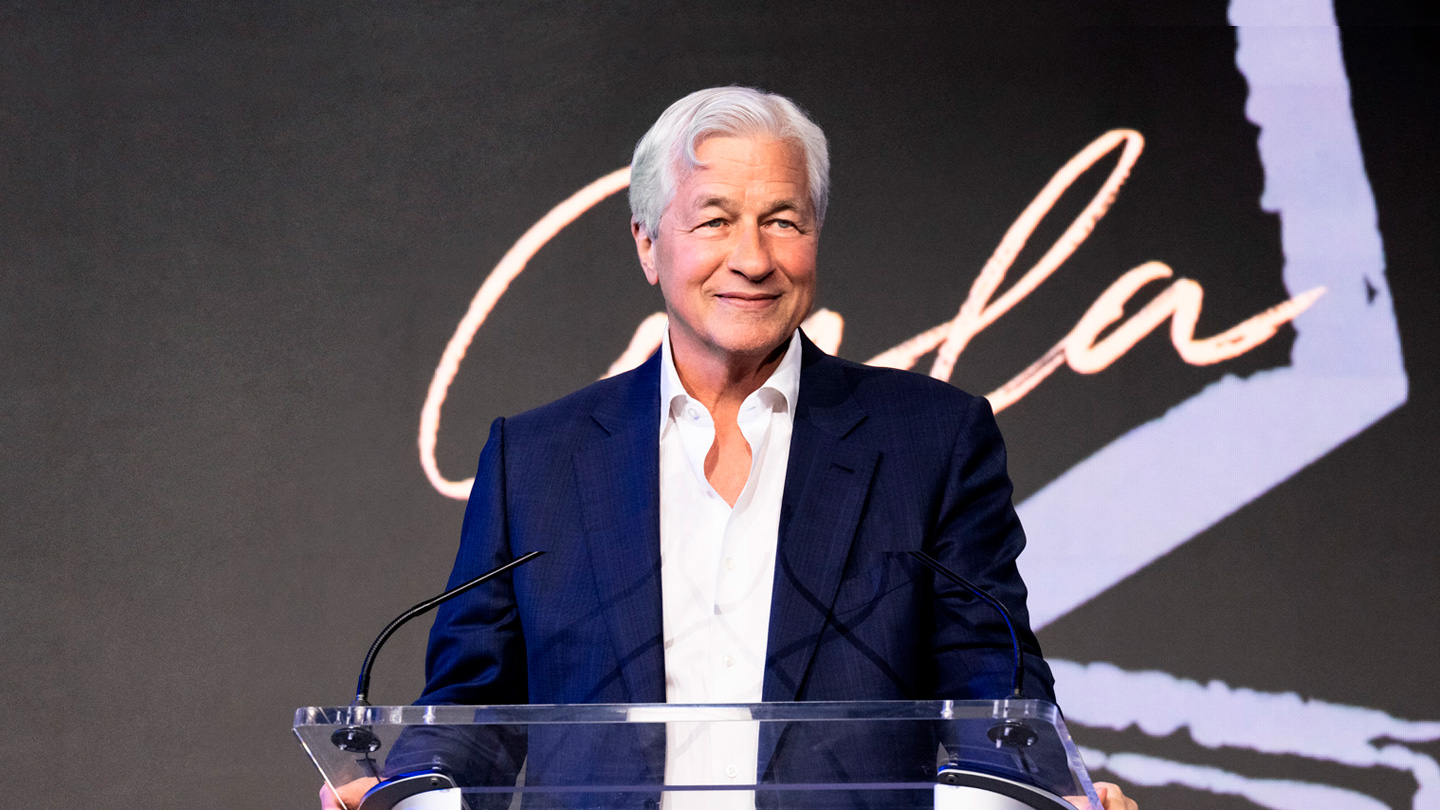Ryan: Can you share more about your background and what led you to your role at JPMorgan Chase?
Lyons: I like to say that I grew up at JPMorgan Chase. I've been here pretty much my whole career. I started in traditional commercial banking, largely supporting clients in the nonprofit space. Many of my clients were in higher education and many were focused on conservation as well. I also had a personal interest in climate change and wanted to transition into that space, so my early days as a banker gave me exposure and experience that enabled me to get deeper into the world of sustainability.
In my current role, I focus on advising and executing on our overarching sustainability strategy for the firm from a corporate perspective. That means that I spend most of my time working with our internal leadership, advising on the direction of developing our strategy and in many cases, executing on overall sustainability initiatives across the firm.
Ryan: That's a perfect lead up because I think many people know JPMorgan Chase as the oldest financial institution in the U.S., but some might not know very much about the bank’s sustainability strategy. Could you talk a little bit more about that?
Lyons: I think the bulk of it is really around doing what we do the best as a financial institution. It’s about how we are providing capital and expertise to our clients to help them meet their long-term business objectives and advance the transition to lower carbon economies around the world. From a sustainability perspective, many of our clients have initiatives around their own transition to a low carbon economy and how they’re thinking about that for their business. We are working with them to help them achieve their goals of reducing emissions and scaling investments in clean technologies, while maintaining energy affordability and security.
We largely do that through the three key pillars of our overall sustainability strategy: scaling green solutions, balancing environmental, social and economic needs, and minimizing our operational impact. Here’s what we mean by these three prongs: when it comes to thinking about having commercially viable solutions to the low carbon transition, we need to see massive growth and investment in things like clean technology—and there is a ton of capital that is going to be needed to support those projects and those goals overall.
We are doing our part to help scale that overall green goal. For us, that largely comes through in our target to finance and facilitate at least $1 trillion towards green solutions by the end of 2030. We're about 19 percent of our way towards that goal so far, and we're thinking about how we can continue to support our clients.
Secondly, we know that achieving the carbon transition is not going to be easy, and it really does require a balancing act of economic, social and climate related needs in order to achieve this in a way that makes sense and works for all.
For us, that means using our capital and expertise in a responsible way that helps us think through the big picture of what needs to happen. For instance, we've set our own net zero aligned targets within our financing portfolio, for our client portfolios that operate in carbon intensive sectors.
And then the last piece of the puzzle focuses within our own world. We have a number of initiatives around our own operational sustainability goals in an effort to continue to minimize our own emissions.
Ryan: Why is JPMorgan Chase helping to facilitate this transition to a low carbon economy?
Lyons: There is a massive opportunity in the low-carbon transition overall, and our clients see that opportunity just as much as we do. We're seeing many of our clients focus on their own transition opportunities such as their investment in low carbon technologies. And so, for us, we want to position our business to be a strategic partner to our clients.
To do that, we have to, first and foremost, run a well operated bank. And we have to think, what is the role that JPMorgan Chase as a financial institution plays in the global economy—and do that in a way that helps support what is needed today—and in the future from a real economy perspective.
Ryan: Speaking of the future, you mentioned earlier that this change is not going to be easy; I agree. I am curious, though, what makes you hopeful for the future?
Lyons: I am excited by how much attention these conversations are getting in a variety of stakeholder circles that we operate in today. I think we are at a turning point.
Businesses and the private sector have a really important role to play. It's also really critical that the public sector is there as well.
It's really encouraging to see that there has been a lot of movement in terms of government policy, particularly in the US, with the Inflation Reduction Act and others, and also in global markets around the world as well that are really setting up how to incentivize various parts of the transition in order to push it forward.
I'm also excited about the opportunity to continue to work with our clients on these issues and to really dig in -- there’s much more of that to come.
Learn more about our approach to sustainability here.
For informational/educational purposes only: Views and strategies described may not be appropriate for everyone and are not intended as specific advice/recommendation for any individual. Information has been obtained from sources, including those publicly available, believed to be reliable, but no representation or warranty is made by JPMorgan Chase as to the quality, completeness, accuracy, fitness for a particular purpose or non-infringement of such information. You should carefully consider your needs and objectives before making any decisions and consult the appropriate professional(s). Outlooks and past performance are not guarantees of future results.




